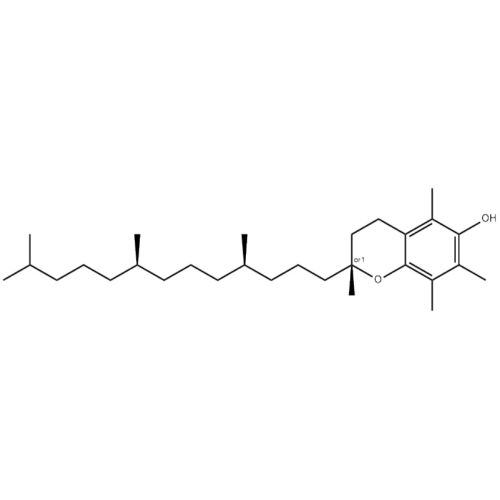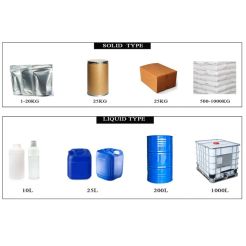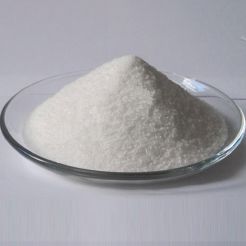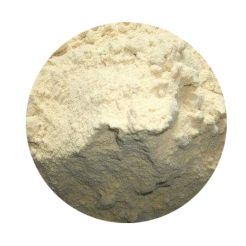Types of Food Additives
Product Description
https://www.fanbo-medical.com/news/types-of-food-additives.html
Types of Food Additives
Food additives are chemical substances that are added to food to keep it fresh or to improve its colour, flavour or texture. They may include food colourings (such as tartar yellow or cochineal), flavour enhancers (such as MSG) or a range of preservatives.
Most food additives are listed on the product label, along with the other ingredients, in descending order of weight (except for flavourings, which do not need to be indicated). Sometimes the additive is spelt out in full. At other times it is indicated by a code number: for example, carmine may be listed as Colouring (120); sodium sulphite may be shown as a preservative (221).
Safety Testing of Food Additives
Food Standards Australia New Zealand (FSANZ) is responsible for approving which food additives are permitted in Australian food. All food additives used in Australia are subject to a safety assessment, which includes rigorous testing, before they are approved.
Toxicological testing on animals is used to determine the amount of the additive that is expected to be safe for human consumption. This is typically 100 times lower than the maximum daily dose at which the additive would not have "no observable effect" if consumed over the lifetime of the test animal.
If there is any doubt about the safety of the additive, approval will not be granted. If there is new scientific information that a food additive is no longer safe, approval for its use will be withdrawn.
Most food additives are tested individually and not in combination with other additives. The long-term effects of consuming combinations of different additives are not yet known.
The role of food additives
Some people are sensitive to specific food additives and may experience reactions such as hives or diarrhoea. This does not mean that all foods containing additives need to be automatically suspect. All food is made up of chemicals and food additives are not always "less safe" than naturally occurring chemicals.
Many of the food additives used by the food industry are also naturally present in the foods people eat every day. For example, MSG is naturally present in Parmesan cheese, sardines and tomatoes at significantly higher levels than MSG as a food additive. People with food allergies and intolerances are also often sensitive to chemicals naturally found in certain foods, such as nuts or shellfish.
Many people see food additives as a major food threat. However, in terms of health risks, food additives rank behind foodborne microorganisms (e.g. salmonella), improper hygiene and dietary practices, environmental contaminants and naturally occurring toxins.
Types of food additives
The different types of food additives and their uses include
Anti-caking agents – stop ingredients from becoming lumpy.
Antioxidants – prevent foods from oxidising, or going rancid.
Artificial sweeteners – increase the sweetness.
Emulsifiers – stop fats from clotting together.
Food acids – maintain the right acid level.
Preservatives – stop microbes from multiplying and spoiling the food.
Thickeners and vegetable gums – enhance texture and consistency.
Stabilisers and firming agents – maintain even food dispersion.
Flour treatment – improves baking quality.
Glazing agent – improves appearance and can protect food.
Gelling agents – alter the texture of foods through gel formation.
Propellants – help propel food from a container.
Raising agents – increase the volume of food through the use of gases.
Bulking agents – increase the volume of food without major changes to its available energy.
Colours – enhance or add colour.
Humectants – keep foods moist.
Flavours – add flavour.
Flavour enhancers – increase the power of a flavour.
Foaming agents – maintain uniform aeration of gases in foods.
Mineral salts – enhance texture and flavour.
Food additives and processed foods
There is a common misconception that processed foods automatically contain food additives. Foods such as long shelf-life milk, canned foods and frozen foods are processed, but none of them require additional chemicals.
If you are unsure whether a product contains an additive, check the label. However, some of the listed ingredients may contain food additives that are not mentioned on the label. For example, "margarine" may be a listed ingredient, and margarine contains food additives.







